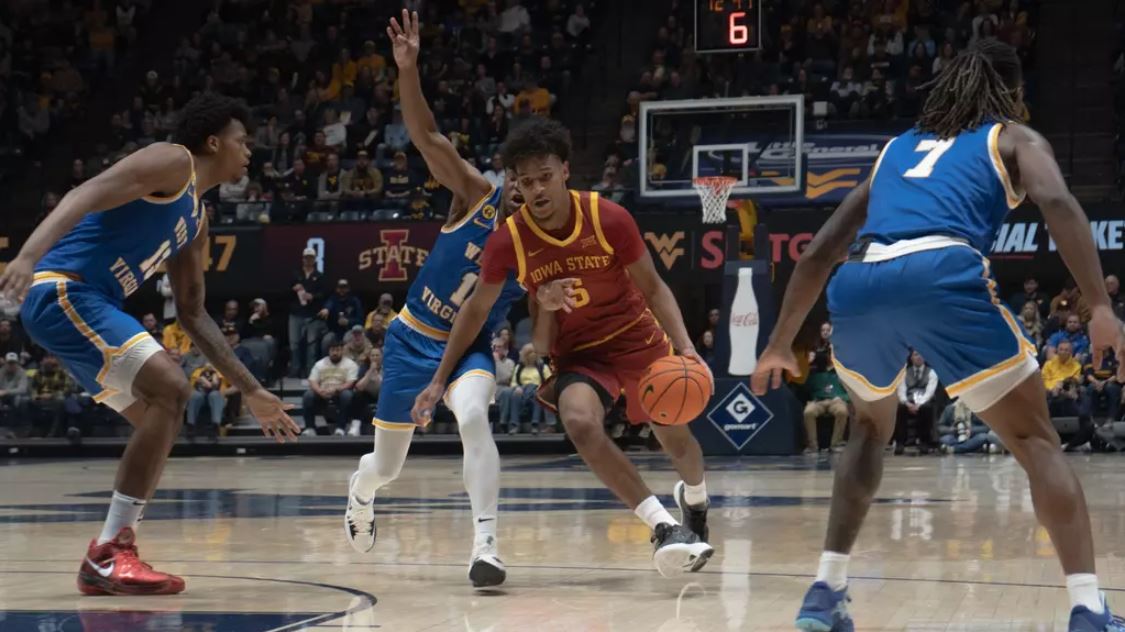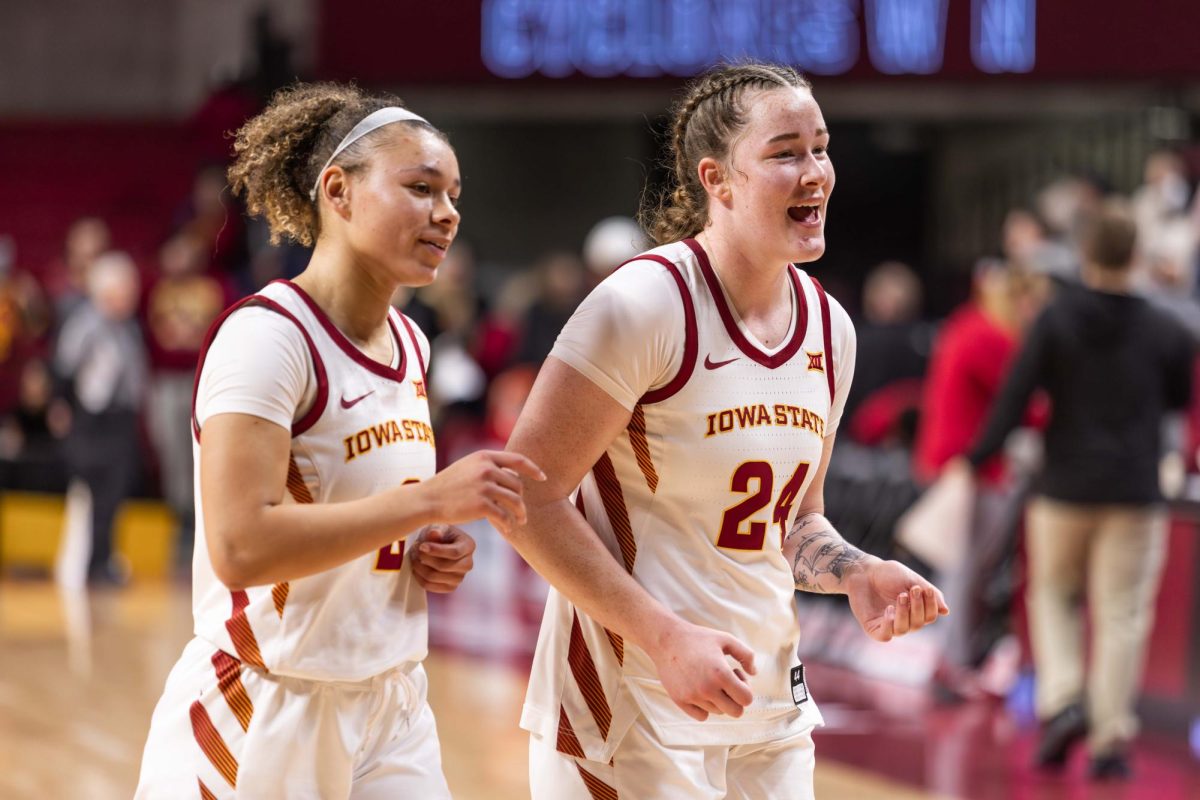Bringing Frida Kahlo to ‘Life’
October 7, 2002
For a woman whose time has come and gone, Frida Kahlo is showing up a lot these days — even in Ames.
Mexican actress, dancer and singer Lara Gallardo is taking the task of bringing Kahlo, an early 20th century painter, to the Brunnier Museum at 7 p.m. Tuesday in “The Life of Frida Kahlo: A One-Woman Show.”
The free performance is arranged through the ISU Committee on Lectures.
Gallardo is the star of the show that brings to life the triumphs and hardships of Kahlo’s short life. The actress, who performs regularly in film and theater, is an established Mexican dancer, actress, and singer.
“The audience can expect to [get] a more intimate idea about Frida Kahlo, her physical limitations, her influence in the arts and politics of Mexico, and her perspective on life,” Gallardo says.
Michael Mendelson, professor of English, says that for the audience, the performance would be like observing Kahlo from the inside.
“It is Hispanic Heritage month, therefore, we are featuring events about Hispanic culture and heritage,” Mendelson says.
Frida Kahlo is becoming the most popular female artist in the world, and this event also ties into the Women’s Week celebration, Mendelson says.
“The benefits of learning about Frida Kahlo are priceless,” Gallardo says.
She says students should come to see “The Life of Frida Kahlo: A One-Woman Show” because they will get to know a very important symbol of feminism.
“Students will get to learn the history of Mexico through [Frida] and her husband’s experiences,” Gallardo says. “Frida and Diego gave political asylum to Russian artist [Leon] Trotsky, with whom she became romantically involved, while they all lived in a house together. People will learn where she gets her inspiration and why she did the paintings she did and what made her an icon.”
Not only does the artist’s life touch the art world, it also touches the world of art to overcome physical trauma — a theme that fits perfectly with the Brunnier’s “eMotions” exhibition on pain and art as therapy.
Kahlo (1907-1954) survived polio at a young age, but became severely injured by a bus accident when she was 18. She was bed-ridden for years and was in extreme pain for a long period in her life. During her rehabilitation, Kahlo began to paint portraits of herself, using oils.
Gallardo comes well-prepared to re-enact the artist.
She majored in theater at Teatro Studio T under the guidance of director, acting teacher and actor Abraham Oceransky, and she says her career choice was clear from the beginning.
“I’ve been doing theatre all my life, since I was four years old,” Gallardo says. “I decided to work professionally at the age of 19.” She has starred in two Mexican films and performed at numerous film festivals.
Gallardo says learning about Kahlo’s life definitely had an impact on her own.
“It’s really been a growing experience [for me] to interpret her in my professional and personal life,” she says. “I definitely consider her a role model — a very strong spirit. It’s just a very liberating experience in every way.”






